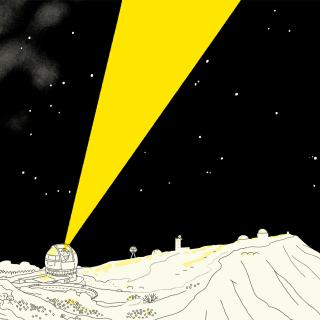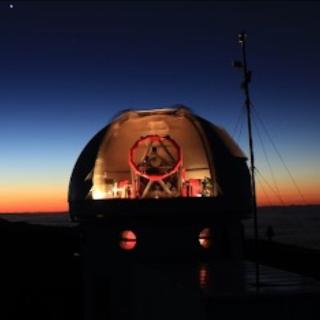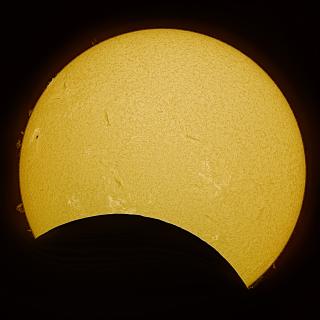It may interest you
-
 UNDARK is a pioneering project led by the Instituto de Astrofísica de Canarias (IAC) bringing together outstanding international institutions in the fields of astrophysics, cosmology, and particle physics. Funded for three years via the 'Widening' programme of the European Union, its objective is to tackle one of the major puzzles of contemporary physics: the dark universe. The major part of the Cosmos is composed by the so-called “dark universe”. Barely 18% of the total matter in the universe is made up of the elements in atoms with which we are familiar, while the remaining 82%, termedAdvertised on
UNDARK is a pioneering project led by the Instituto de Astrofísica de Canarias (IAC) bringing together outstanding international institutions in the fields of astrophysics, cosmology, and particle physics. Funded for three years via the 'Widening' programme of the European Union, its objective is to tackle one of the major puzzles of contemporary physics: the dark universe. The major part of the Cosmos is composed by the so-called “dark universe”. Barely 18% of the total matter in the universe is made up of the elements in atoms with which we are familiar, while the remaining 82%, termedAdvertised on -
 The Instituto de Astrofísica de Canarias (IAC) is hosting during this week the Second SONG Scientific Conference, which brings to an end the first decade of high level studies with this international network designed to study the interiors of the stars and the planetary systems which orbit them.Advertised on
The Instituto de Astrofísica de Canarias (IAC) is hosting during this week the Second SONG Scientific Conference, which brings to an end the first decade of high level studies with this international network designed to study the interiors of the stars and the planetary systems which orbit them.Advertised on -
 This Saturday, 29 March 2025, the Instituto de Astrofísica de Canarias (IAC) was able to follow the partial solar eclipse from the Teide Observatory in Tenerife. Although subtle to the naked eye, this eclipse was used by the IAC's outreach team to raise awareness of the phenomenon among a group of people from the ‘Friends of the IAC’ programme and IAC staff. At the same time, an observation was also made from the IAC Headquarters in La Laguna, which could be seen live on the centre's YouTube channel. The eclipse began at 09:14 UT and ended at 10:56 UT, with its maximum at 10:03 UT. For justAdvertised on
This Saturday, 29 March 2025, the Instituto de Astrofísica de Canarias (IAC) was able to follow the partial solar eclipse from the Teide Observatory in Tenerife. Although subtle to the naked eye, this eclipse was used by the IAC's outreach team to raise awareness of the phenomenon among a group of people from the ‘Friends of the IAC’ programme and IAC staff. At the same time, an observation was also made from the IAC Headquarters in La Laguna, which could be seen live on the centre's YouTube channel. The eclipse began at 09:14 UT and ended at 10:56 UT, with its maximum at 10:03 UT. For justAdvertised on